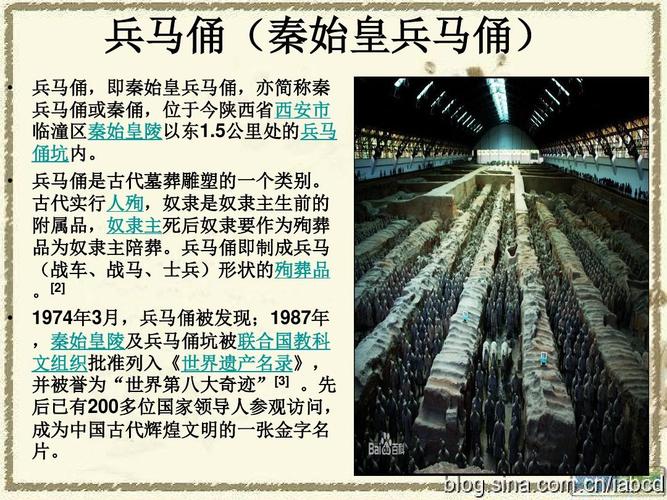
Were the Terracotta Warriors Meant to Protect the Emperor in the Afterlife?
Deep beneath the earth in Xi'an, China, lies an army frozen in time. Thousands of life-sized terracotta warriors stand guard over the tomb of Qin Shi Huang, the first emperor of China. These intricately crafted figures, each with unique features and weaponry, have captivated the world since their discovery in 1974. But their true purpose remains a source of fascination and debate.
Guardians of the Afterlife
The prevailing theory, and the one most supported by archaeological evidence, is that the Terracotta Army was indeed intended to serve as the emperor's personal guard in the afterlife. Let's delve into the reasoning behind this:
- Burial Location: The warriors were interred within the emperor's vast mausoleum complex, strategically placed in battle formation facing east, the direction from which enemies were expected. This strongly suggests a protective role within the context of the afterlife.
- Military Formation: The meticulous arrangement of the army, complete with infantry, archers, chariots, and even a vanguard, reflects a real-world military structure designed for defense. This implies a tactical purpose, further supporting the idea of safeguarding the emperor.
- Ancient Chinese Beliefs: The Qin dynasty, like many periods in Chinese history, held a strong belief in the afterlife. Elaborate tombs and the burial of valuable goods were seen as essential for ensuring the comfort and status of the deceased in the next world. It follows that the emperor, seeking to maintain his power even in death, would require an army to protect him.
More Than Just Protectors: Symbols of Power and Wealth
While the protective role is significant, it's crucial to acknowledge that the Terracotta Army served a multifaceted purpose, embodying deeper symbolic meanings:
- Imperial Might: The sheer scale of the army—estimated to be over 8,000 strong—would have been an awe-inspiring spectacle, projecting an image of overwhelming military power. This served to intimidate rivals and solidify the emperor's authority, even in death.
- Dynastic Legacy: Creating such a monumental undertaking would have required immense resources, manpower, and skilled artisans. The Terracotta Army therefore served as a testament to the emperor's wealth, influence, and the organizational capabilities of his dynasty.
- Artistic Achievement: The incredible artistry displayed in each figure, from the detailed armor and weaponry to the individual facial expressions, speaks to the high level of craftsmanship during the Qin dynasty. The army stands as a lasting tribute to the artistic prowess of the era.
FAQs
1. Why was the Terracotta Army so important to the emperor?
The Terracotta Army served the emperor on multiple levels. It was intended to protect him in the afterlife, project an image of power and authority, and showcase the wealth and artistic capabilities of his dynasty.
2. How were the Terracotta Warriors made?
The Terracotta Warriors were crafted using a complex process involving molds, individual detailing, and firing in kilns. Each warrior was assembled from multiple pieces, and the life-size figures display remarkable realism and attention to detail.
3. What can we learn about ancient China from the Terracotta Army?
The Terracotta Army provides invaluable insights into the military practices, artistry, social structure, and beliefs about the afterlife during the Qin dynasty. It highlights the remarkable skills and organizational capabilities of ancient Chinese civilization.